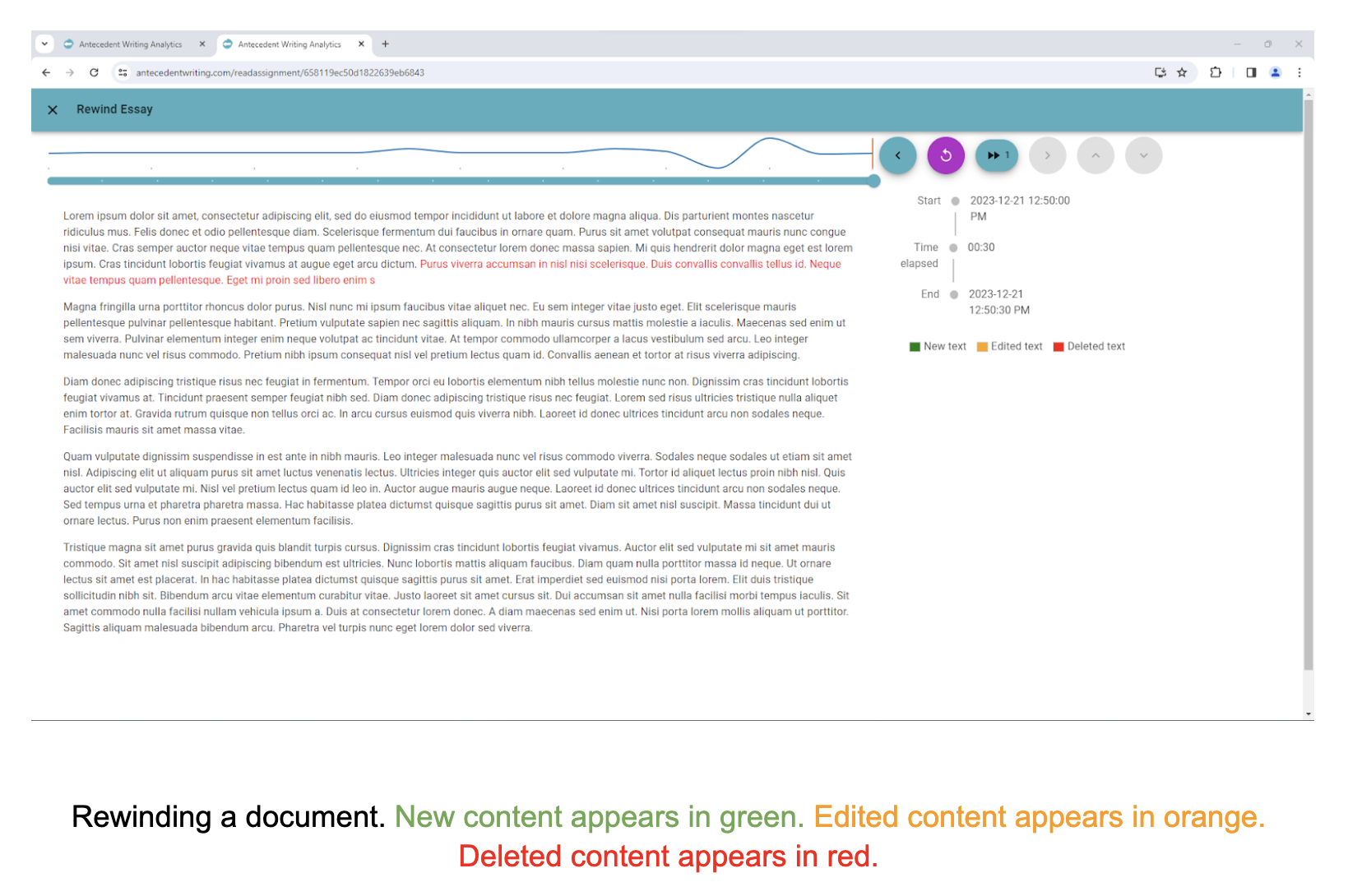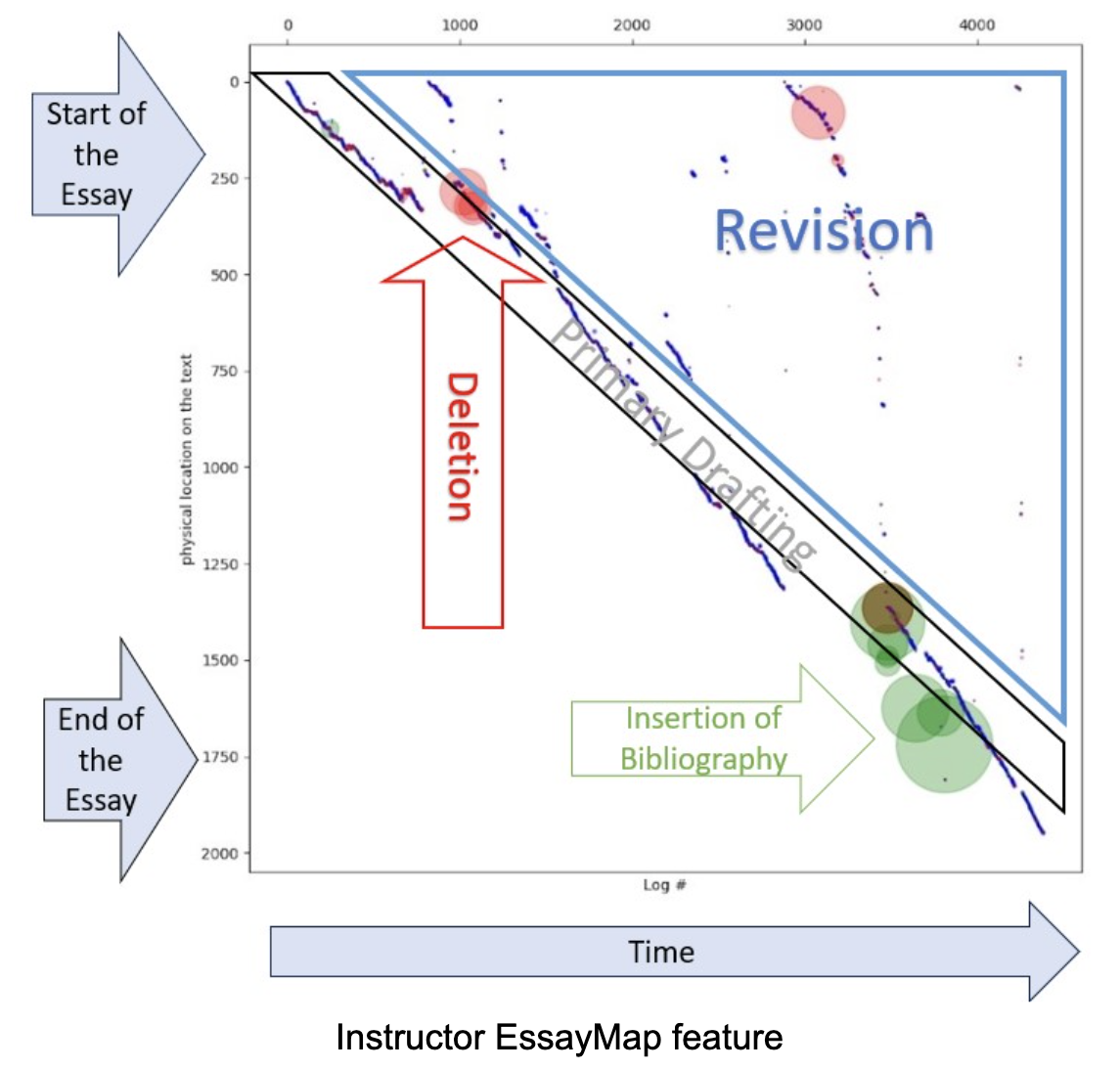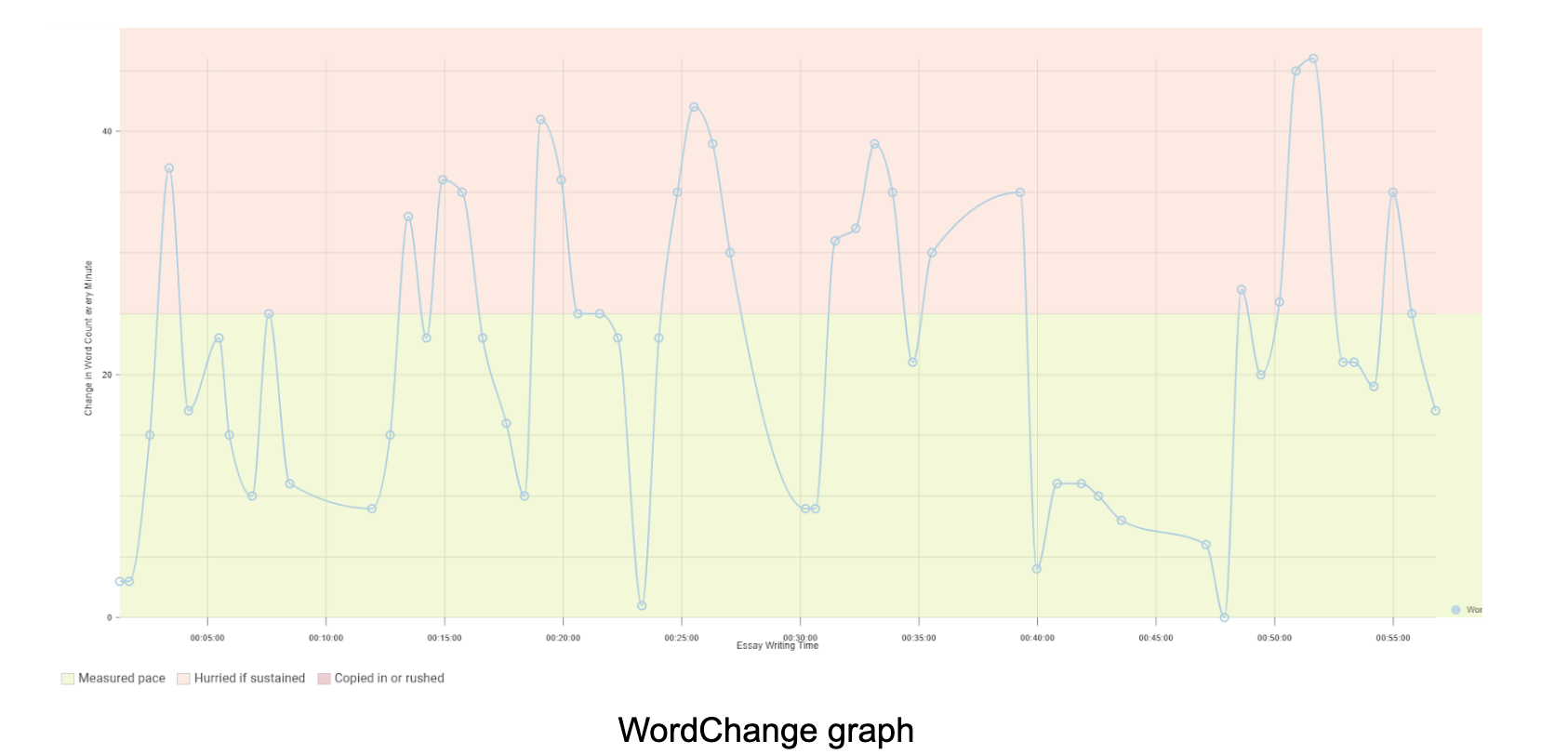
The Forge is the latest innovation in the LibreVerse courseware and is an assignment platform specifically built to advance Open Pedagogy and provide actionable insights through integrated analytics (https://forge.libretexts.org). The platform enables instructors to design renewable, collaborative long-form assignments and gives students meaningful opportunities to produce public-facing, openly licensed work. Seamlessly aligned with the values of open education, the Forge supports a learner-centered, participatory approach that scales across class sizes and disciplines.
“Assignmentizing” Long-Form Technologies
While platforms like ADAPT are well-suited for short-form assignments, long-form assignments remain more difficult to implement and assess efficiently—particularly in large-enrollment courses. Drawing on the open pedagogy principles that shaped LibreTexts, The Forge offers a collaborative construction environment that supports deeper student engagement for both learners and instructors.
Fully integrated into the LibreVerse, the Forge also connects seamlessly with the ADAPT homework system, serving as a bridge to campus Learning Management Systems (LMSs). The core of “assignmentizing” long-form technologies lies in integrating traditionally independent technology into the Forge infrastructure (for example, wrapping tools like the Collabora Office Suite) so they can be efficiently delivered to students as individualized copies for student use. The Forge enhances this long-form development process by introducing features such as secure version control, structured drafting stages, and both anonymous and non-anonymous peer review. These elements facilitate more effective assessment and transparent scoring of student effort. The Forge includes:
- A centralized infrastructure for student-driven content creation,
- Peer and expert review workflows—optionally anonymous—to improve the quality and accuracy of student work, and
- A streamlined publishing pipeline for integrating co-created materials into the LibreTexts library of open educational and assessment resources.

Initially built with the Collabora Online suite of open-source productivity tools—derived from the widely used LibreOffice platform—the Forge offers a robust foundation for real-time collaboration, content creation, and formative feedback. These features are essential for supporting open pedagogy and transparent, process-oriented assessment. Within the Forge, instructors can assign individualized, live-editable documents using four core tools: Writer for word processing, Calc for spreadsheets, Impress for presentations, and Draw for vector graphics.

The Collabora Online toolset allows the Forge to be applied across a wide range of academic disciplines:
- Word Processing & Writing: Writer supports writing-intensive courses by helping students learn to draft, format, and revise essays, reports, and research papers.
- Spreadsheet Analysis: Calc enables students to organize, analyze, and visualize data—ideal for courses in mathematics, statistics, economics, accounting, and the sciences.
- Presentations & Communication: Impress provides a platform for students to design and deliver engaging presentations, infographics, or digital portfolios, making it well-suited for communication, public speaking, and media studies.
Graphics & Design: Draw empowers students to create vector graphics, technical illustrations, and simple layouts, supporting learning in design, art, architecture, and engineering courses.
Analytics: Evaluate the Process not just the Product
In today’s educational environment, where AI writing and paraphrasing tools are increasingly common, The Forge refocuses assessment on the writing process instead of solely on final products. The platform captures the entire progression of student work—from initial drafts through multiple revisions—while logging edits, and time spent. This gives instructors detailed, real-time insight into student effort, engagement, and development, enhancing transparency and supporting academic integrity in a challenging digital landscape. Additionally, this process-oriented approach aligns closely with Open Pedagogy principles by fostering collaboration, authentic learning experiences, and the creation of openly shareable work. By valuing reflection, revision, and student agency, The Forge transforms writing assessment into a dynamic, transparent, and meaningful part of the learning journey rather than simply evaluating polished final products.
A suite of analytics tools was developed to help instructors track each student’s writing process and provide targeted resources to encourage effective and ethical writing practices.
Analytics: “Rewinding” Documents
The Rewind feature provides the instructor with an animation showing how the assignment was written, offering instructors with a finer-scale view of the student’s writing process. If instructors wish to advance the frame, they can click on the forward button. Instructors can click repeatedly on the forward button to move quickly through the animation. By default, the rewind shows the state of the assignment every 30 seconds when the student is writing.

Analytics: EssayMaps
EssayMaps provide a comprehensive overview of the document’s entire editing history. In an EssayMap, time is displayed along the horizontal x-axis, while the vertical y-axis represents the physical location of edits within the text. Unlike a typical graph, the y-axis is inverted so that the beginning of the document appears at the top and the end at the bottom, mirroring a written text. Inserted text is shown as green or blue circles—the bigger the insertion, the larger the circle—while deleted text is indicated by red circles.

Analytics: WordChange Graphs
The WordChange graph displays the minute-by-minute changes in word count throughout the student's writing process. Large spikes on the graph indicate instances where text was copied and pasted. Generally, spikes exceeding 50 words, as well as extended periods where the word count increases by more than 25 words per minute, may be considered suspicious. The WordChange graph for an assignment completed rapidly—either because the student is copying previously written material or rushing through the work with minimal effort—will show these distinctive patterns. For example, if a student cuts and pastes language within the document, a dip in the WordChange graph will precede or follow a spike.

Analytics: HeatMaps
The HeatMap shows the dates and time periods that the student spent writing the assignment. The dates are indicated by the rows, and the hours of the day are indicated by the columns. Instructors can use HeatMaps, along with other time and editing metrics, as measures of student effort and engagement. For example, the HeatMap below shows that the student spent several hours over multiple days to complete the assignment, through multiple stages. Conversely, the HeatMap for a low-effort assignment may only consist of one or a few red rectangles, indicating limited student engagement.

Open Pedagogy in Action
Open Pedagogy is a student-centered approach to teaching and learning that emphasizes learner agency, collaboration, and the use of Open Educational Resources (OER). It moves beyond traditional models of education—particularly the “banking model,” where students passively receive information—and instead positions students as active participants in the learning process. In an Open Pedagogy framework, students are not just consumers of knowledge, but co-creators who engage in meaningful, authentic work that contributes to the broader academic and public discourse. By involving students in the public dissemination of their work, Open Pedagogy cultivates a strong sense of ownership, responsibility, and academic integrity. It also strengthens vital 21st-century skills like critical thinking, digital literacy, and communication, preparing learners to contribute thoughtfully to an interconnected world. In this model, education becomes a collaborative process of discovery and creation, rather than a passive transfer of information.
While the benefits of Open Pedagogy are widely acknowledged, its implementation can pose challenges especially for large-scale scaling. Many course materials are not designed to be modified or shared, limiting openness and flexibility. Meanwhile, the rise of generative AI and answer-sharing platforms like Chegg has made traditional assessments less effective, underscoring the need for more authentic, process-oriented approaches to learning. Open Pedagogy responds to these challenges by engaging students as active contributors to knowledge and reinforcing the value of originality and ethical scholarship. However, adopting this approach requires thoughtful course design, faculty support, and systems for maintaining the quality of student-generated content.
The Forge was created to meet this need. Whether in small seminars or large lecture halls, The Forge empowers educators to put Open Pedagogy into practice with minimal overhead, supporting scalable, sustainable, and meaningful learning experiences for all.
The Forge has been successfully piloted across a wide range of classroom settings and academic disciplines, demonstrating its versatility as a platform for supporting student learning and engagement. These implementations span more than ten institutions and include introductory English composition courses, as well as courses in biology, computer science, geology, and general chemistry. In each of these diverse contexts, The Forge has proven adaptable to discipline-specific pedagogical goals—whether supporting process-based writing and peer review in the humanities, or facilitating collaborative problem-solving, data analysis, and technical communication in STEM fields.
Case Study: Introductory Writing Courses
English writing faculty have used The Forge to design scaffolded assignments that promote deeper engagement with course material, while students benefit from a transparent, interactive environment that encourages iteration, feedback, and self-reflection. The platform’s integration of real-time progress tracking, structured peer interactions, and customizable workflows has helped streamline assignment management and grading for instructors. Early feedback from both educators and students points to enhanced clarity in expectations, improved quality of student work, and greater motivation to engage actively in the learning process. These results suggest that The Forge can serve as a unifying platform to support discipline-specific teaching practices while reinforcing transferable skills such as critical thinking, revision, and collaboration.
Case Study: General Chemistry Courses
The Forge platform was integrated into two high-enrollment general chemistry courses at the University of California, Davis, each serving more than 100 students. In these courses, the Forge was employed as a central tool for guiding the development of long-form laboratory reports—a critical component of the curriculum designed to strengthen students' scientific writing and analytical skills. By leveraging the Forge’s structured drafting environment, students were able to build their reports incrementally, receiving continuous support throughout the writing process. The platform allowed instructors and teaching assistants to track individual writing progress in real time, identify areas where students struggled, and provide timely, targeted feedback. This not only promoted more thoughtful and coherent report construction, but also encouraged a more iterative and reflective approach to scientific communication. The result was an enriched learning experience that emphasized process over product, aligning with broader pedagogical goals in STEM education.
The successive review workflow enabled by the Forge lends itself particularly well to complex, multi-stage writing assignments. This approach was successfully implemented in a graduate-level spectroscopy course at the University of California, Davis. In this course, The Forge supported a structured, three-phase writing and peer-review process modeled after the scientific publishing cycle. In the first phase, students composed original manuscripts intended to simulate submissions to a scientific journal. In the second phase, peers assumed the role of anonymous reviewers and evaluated the submissions using a formal review rubric modeled on those employed by major scientific journals. Each student produced a detailed, structured review report. In the final phase, authors revised their manuscripts in response to the feedback, incorporating both substantive and stylistic changes. They also submitted a formal rebuttal document that addressed each reviewer comment, justifying the changes made—or explaining why specific feedback was not incorporated. This simulation of academic peer review not only deepened students’ understanding of the scientific communication process but also cultivated their ability to critically assess and revise technical writing.
The Future is Open
The Forge’s approach to integrating technology into assignments was carefully designed to prioritize both practical utility and adaptable flexibility. This dual focus ensures that the platform not only meets the immediate needs of educators and students but also remains versatile enough to accommodate a wide range of future applications. Moving forward, we plan to leverage this inherent flexibility to broaden the platform’s capabilities by incorporating additional tools and technologies. For example, we envision integrating Overleaf to support LaTeX document preparation, Jupyter notebooks for coding and data analysis, LibreCAD for computer-aided design projects, as well as other emerging open-source technologies. This ongoing expansion will allow the Forge to serve as a comprehensive and dynamic environment that supports diverse academic disciplines and evolving educational practices.